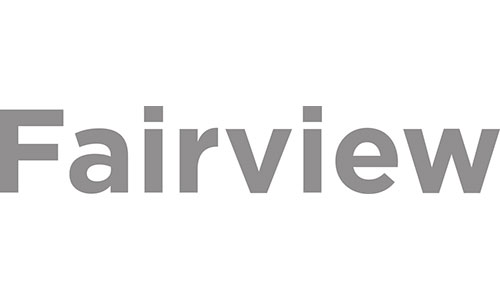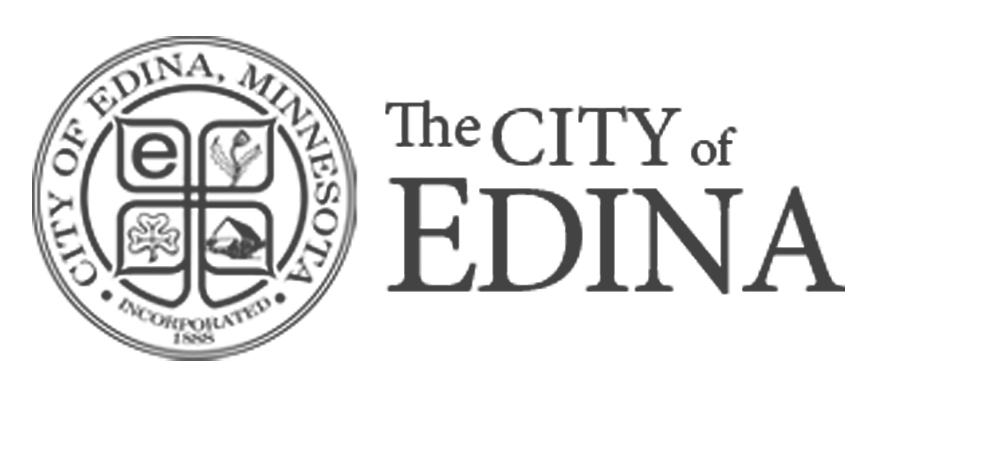So, by now you probably have a better understanding for why inbound marketing is important to your university. Just in case you missed that blog post, you can check it out here.
Now that you’re all caught up with inbound, this post is dedicated to breaking down the who of our inbound strategy—meaning finding out who your target market is and focusing your marketing efforts on attracting them to your university.
Understanding your target audience using buyer personas
To be blunt, if you don’t know who you’re selling education to, you’re wasting a lot of time, energy, and resources. One of the best ways to break through to a target market is by creating buyer personas. Essentially, a buyer persona is a fictional representation of your ideal customer.
Pair this concept with all the people you want to attract to your university. You have:
- Potential students
- Their parents
- New and qualified faculty and staff
- Qualified leadership
Just to name a few. Now, you wouldn’t speak to an incoming student the same way you’d speak to a new professor, would you? Of course not. So, why sell your school the same way across the board?
That’s why it’s important to create these buyer personas to help put yourself in the shoes of your buyer, because the role of your buyer persona is to guide you in creating content that will attract, engage, and delight your real buyers. Understanding your buyer is at the core of your entire inbound strategy. Following?
Here’s a quick example:
Buyer persona name
Senior Sam
Demographics
18-year-old, Caucasian male, attending Student Persona High School, Illinois. Lives with family (2 parents, one younger sibling)
Educational background
Will graduate high school in May
Career path
“Traditional” career path, intends on attending a 4-year university, graduating and finding a full-time position after school. Undecided what school he wants to attend
Where he gains information
Has Instagram, Snapchat, Twitter, Facebook, and just started a LinkedIn. Spends most of his time on Instagram, Snapchat and Facebook
Goals
Wants to graduate in 4-years with less than $35,000 in student loan debt and get a job that pays 60K a year working as a financial advisor
Challenges
Concerned about paying for school, doesn’t want to be too far from home, transition issues, worried about maintaining good study habits, fitting in to college life and making relationships
Interests/values
Enjoys video games, watching football, hanging out with his family, and cares about doing well in school
Publications they read
Reads the WSJ occasionally, but gets most of his news from Facebook, Instagram, and Snapchat Stories
Preferred interaction with vendors
Chatbots if he has a question online and in-person to get a direct answer
So, this is a very basic example of what your buyer persona might look like from your university’s marketing research. For the sake of this example, let’s pretend we’ve already validated our research, have interviewed students like Senior Sam, and have analytics to back up our findings (yes, creating personas is a process that requires accurate information). Now we will use what we know about Senior Sam to shape our content.
Putting our persona to use
First, we need to define our goal or objective. Let’s be as specific as we can. Yes, you’re selling an educational experience, just like every other college and university in the world. But, rather than selling to every other 18-year-old male looking to go to school, let’s sell to Sam. Here’s where you can start:
1. Segment your contact database by Sam’s persona
2. Stress personalized communication by targeted emails
3. Tailor your writing for your persona to make yourself visible in SEO and keyword searches
4. Create a call-to-action page centered on them and adjust your content offers
5. Meet your persona on their platform
For example, when we’re looking at the content we’re creating we may want to:
- Write blog posts on our website where copy is tailored towards Sam. “10 Tips to Make College Feel Like Home,” “5 Ways to Boost Your Study Game,” “How to Pay Off X Amount of Loans in X Months,” etc.
- To most people, emails are perceived as just plain spammy. But if you’re going to send them out, be sure to use language that draws Senior Sam in after you’ve captured his information as a lead. Sam’s not just another senior you’d write, “Hello future freshman,” to. No! He’s your Senior Sam. Keep your subject line short, sweet, and personalized. Hey Sam, want a debtless degree? You can also borrow from your blog posts, add visuals like emojis, and incorporate words that spark conversion rates into the subject lines.
- We know Sam spends time on Instagram and Facebook—so, let’s meet him there. It’s no secret that social media is the place for universities to be. In fact, students expect colleges and universities to be on social media. In short, social media is a must. For Sam, you can meet him on Snapchat by adding a geofilter, create an Instagram ad that shows him what campus life is like, or show him what your business program has to offer.
These are just a few examples of Senior Sam’s persona in action. Meaning the possibilities are endless for content creation.
Conclusion
We understand that marketing students, faculty, staff, and anyone else in higher education can be a struggle—after all how do you sell the “college experience?” Even though this is a vague concept, it helps to look at who you’re marketing to as a person rather than a statistic—that’s where your buyer persona can help.
If you have more questions about how to build a buyer persona or content creation, feel free to shoot us a message! [email protected]
Check out our student persona infographic, for 3 free student personas to help get you started in content creation!
{{cta(‘9eb832b9-2eb1-43a3-9032-344976a63eb7’)}}



